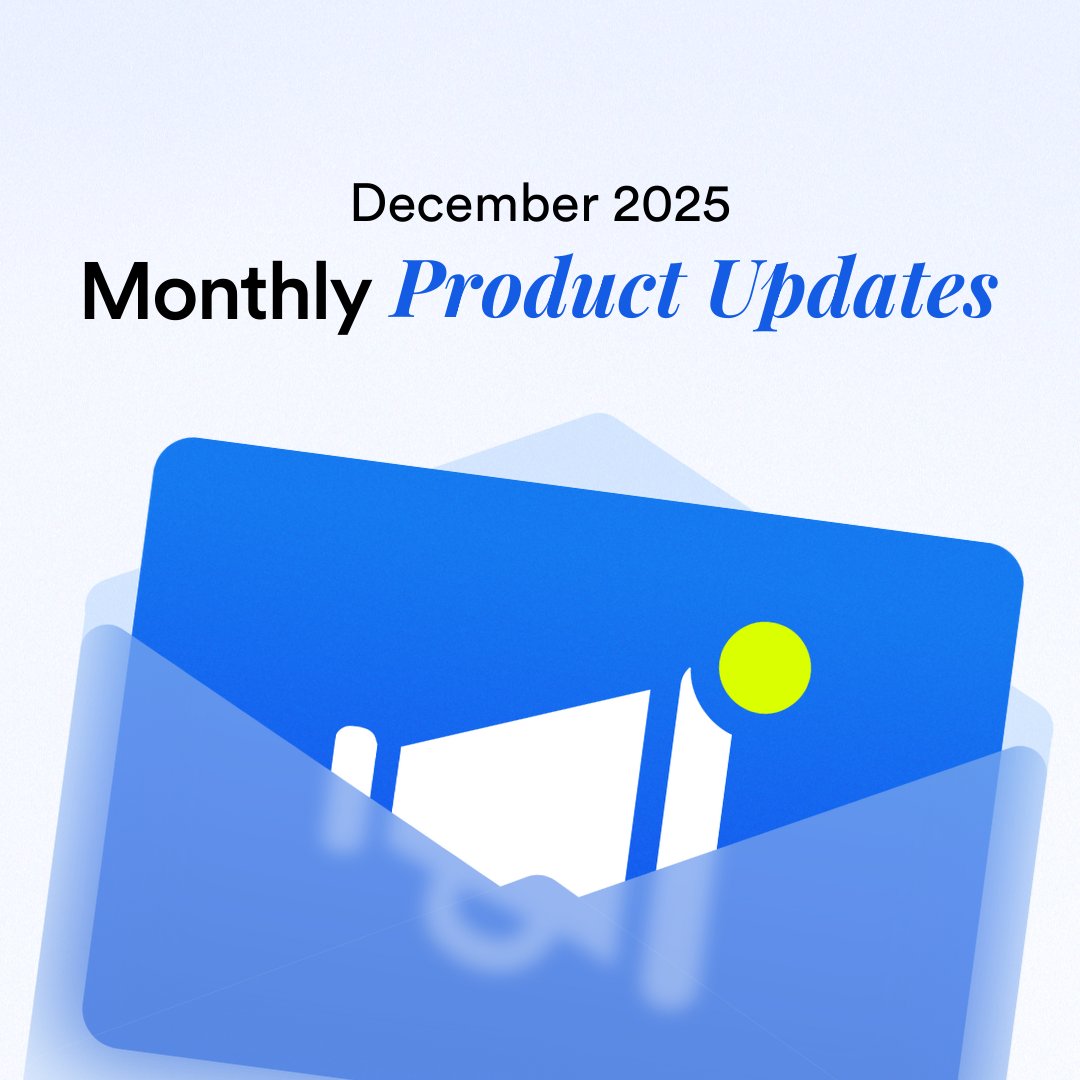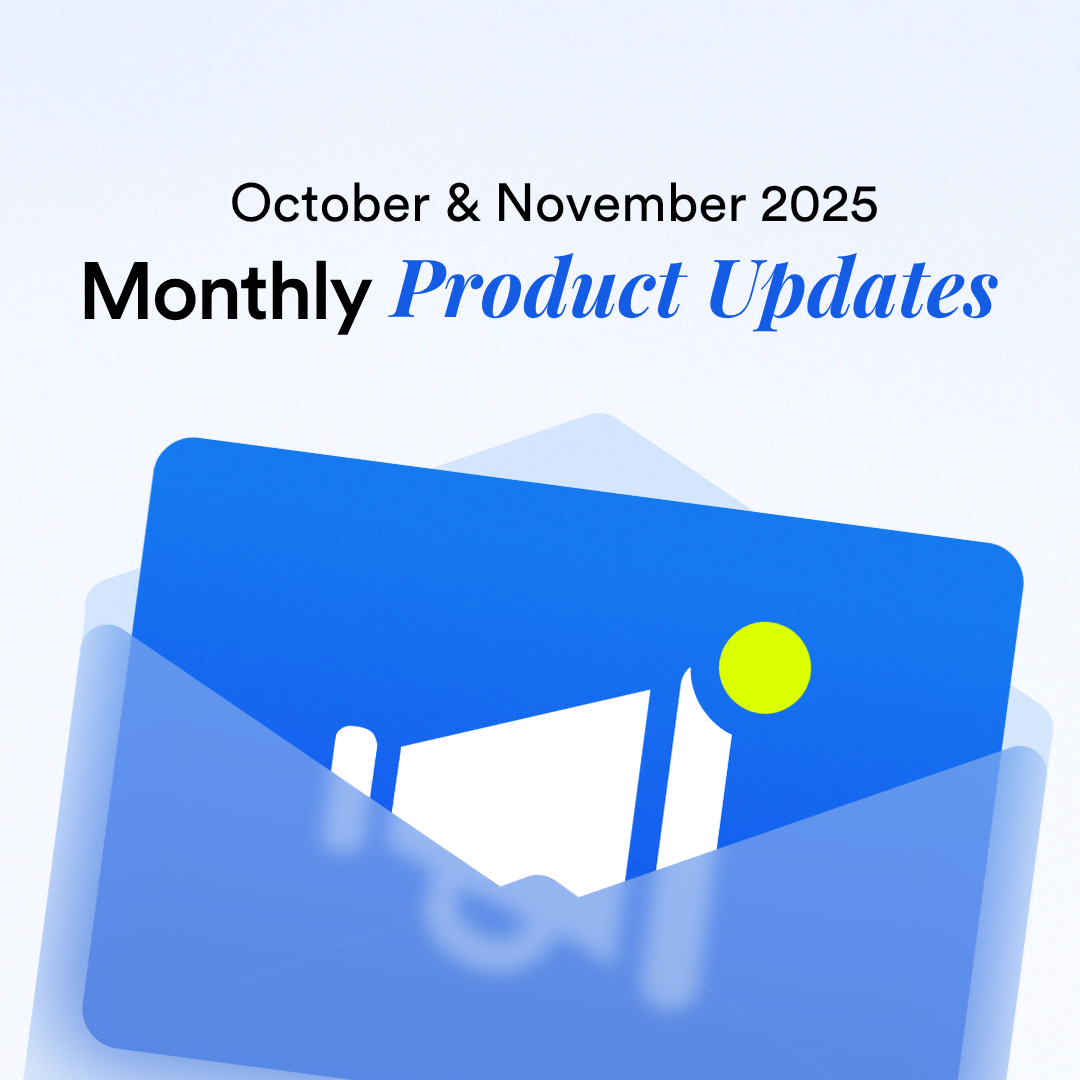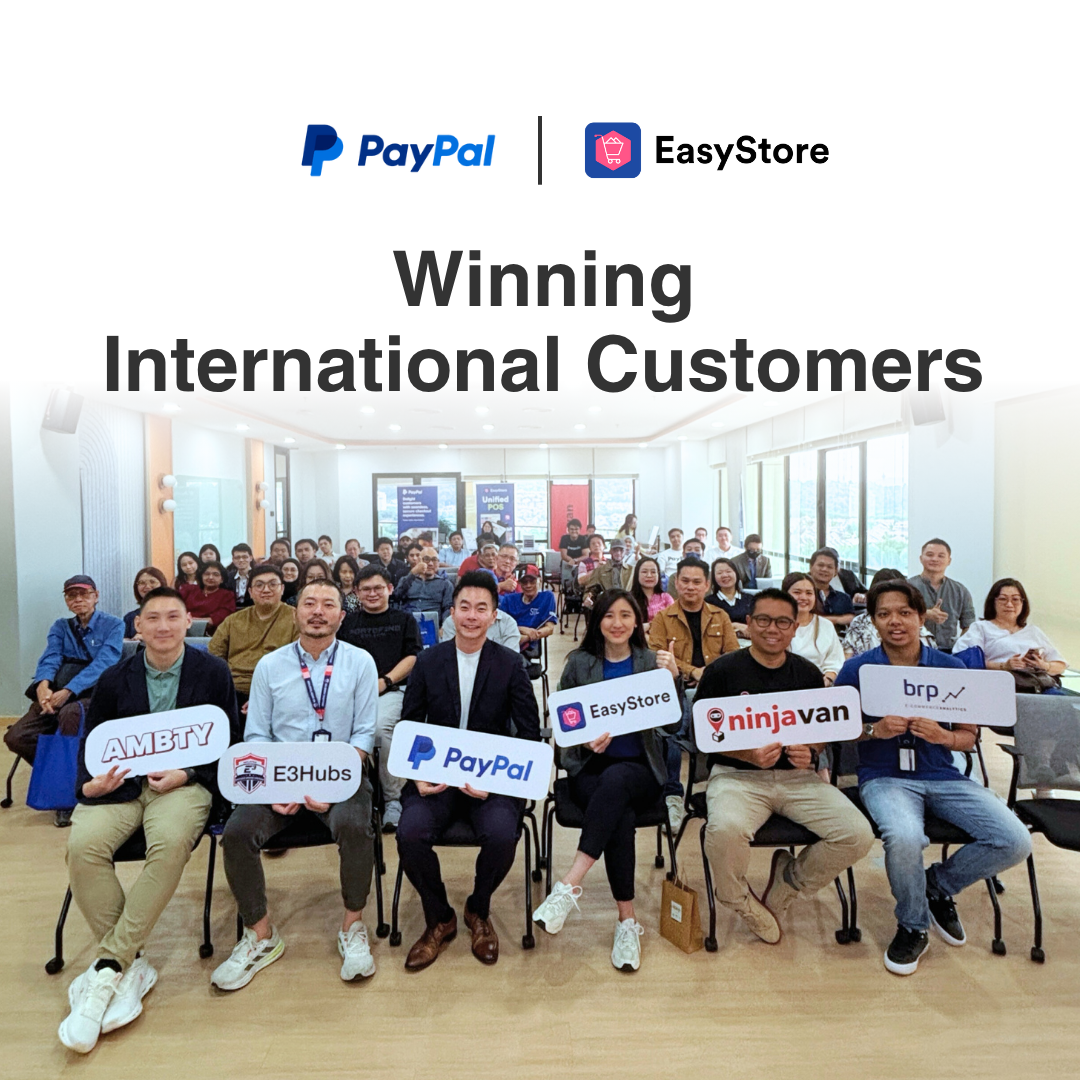How to Effectively Compare Ecommerce Platform Features
By Michael Dehoyos · 18th February, 2020

Table of Contents
This blog was updated on 22 April 2025, for more information connect with our team: https://www.easystore.co/contact
How to Effectively Compare Ecommerce Platform Features
Ecommerce is a vast and evolving space — and navigating the different platforms available can feel overwhelming. Yet, building a focused, strategic ecommerce presence is essential for maintaining relevance and driving sustainable online growth.
Choosing the right platform involves much more than surface-level features. You need to consider how well it supports content marketing, search engine optimization (SEO), social media integration, and email marketing — all while ensuring the platform is scalable for long-term success.
Here’s a practical breakdown of how to compare ecommerce platforms and identify the best fit for your business.
1. Pricing
As obvious as it seems, pricing remains one of the most critical factors in choosing an ecommerce platform. While cost shouldn’t be the sole deciding factor, it’s important to be mindful of both monthly fees and hidden charges that often come with these systems.
Jessica G. Deal, a social media writer at Britstudent and Writemyx, advises:“Prioritize the things you need, but be willing to say no to the extra costs of anything that may be considered off-brand or unneeded.”
Do your research — look for platforms that focus on features relevant to your business, without requiring you to pay for unnecessary extras.
2. User Experience & Presentation
The way your ecommerce platform looks and functions is just as important as what it offers behind the scenes. A seamless, easy-to-navigate experience across devices is key to turning visitors into customers.
As Jaclyn C. Sanchez, a marketer at Australia2write and Nextcoursework, explains:“The overall experience a user has on an ecommerce platform matters. The easier it is to navigate, and the fewer issues they face across different devices, the more successful your company can be at converting your audience into clients.”
Consider platforms that offer a strong digital experience — possibly through integration with a Digital Experience Platform (DXP) — to enhance personalization, content management, and customer engagement.
3. Customer Journey Mapping
Once you’ve evaluated a platform’s usability, consider the customer journey it supports. Traditionally, this might look like:SEO → Product Discovery & Reviews → Selection → Checkout → Order Confirmation.
However, as technology evolves, standing out requires breaking from this traditional model. Look for platforms that support:
Enhanced product experiences
Social commerce features
Social impact storytelling
Better personalization and engagement options
Platforms that can adapt to changing consumer expectations and trends will give you an edge in today’s competitive ecommerce environment.
4. Plugin & Integration Options
To maximize the value of your ecommerce platform, you need to assess its integration and plugin ecosystem. Tools that automate and simplify key functions will help protect your business from the unpredictability of online trends and algorithms.
Must-have plugin options include:
Accounting and sales management integrations
Email marketing automation tools
Rewards systems and promo code support
Inventory management solutions
Customer relationship management (CRM) integrations
Relying on built-in or easily integrated tools will save time, reduce manual errors, and improve operational efficiency.
5. Scalability & Growth Potential
While it’s tempting to focus on immediate needs, you must also ensure your ecommerce platform can grow with your business. Scalability is crucial — you don’t want a system that penalizes you with rising fees or limited features as your business expands.
The goal is to invest in a platform that encourages growth rather than hindering it. This ensures you’re not forced to migrate to a new system later, which can be costly and disruptive.
Conclusion
When comparing ecommerce platforms, focus on what truly matters to your business. Be intentional, stay mindful of your budget, identify your essential needs, and take the time to thoroughly research your options.
Choosing the right ecommerce platform is a long-term investment — one that plays a key role in your business’s ability to grow, evolve, and stay competitive.
Make Customers Love Buying From You
EasyStore empowers your brand to prioritize customers and enhance their experience, creating a unified customer experience (UCX) that makes customers love buying from you.
Over 50,000 brands have grown their businesses by embracing unified customer experiences (UCX) strategy through EasyStore across multiple sales channels - online store, retail outlets, marketplaces, and social media, ensuring consistency in product and service offerings for a seamless shopping journey.
Embrace UCX and redefine your business success today
Discover how UCX can elevate your customer engagement with a truly unified journey for your customers, streamline operations, and drive growth across all channels.
Contact Us





